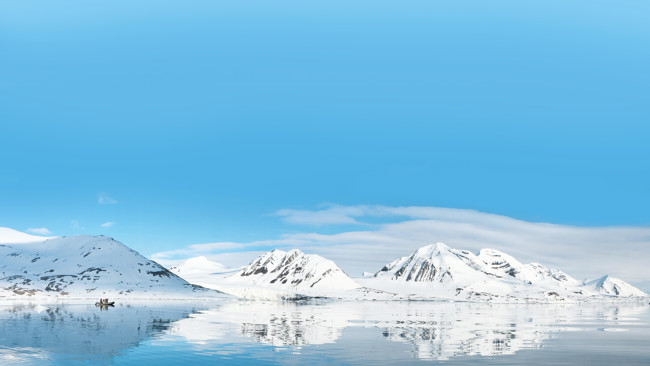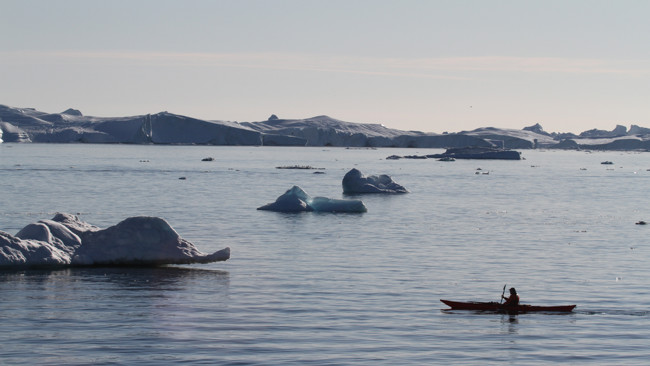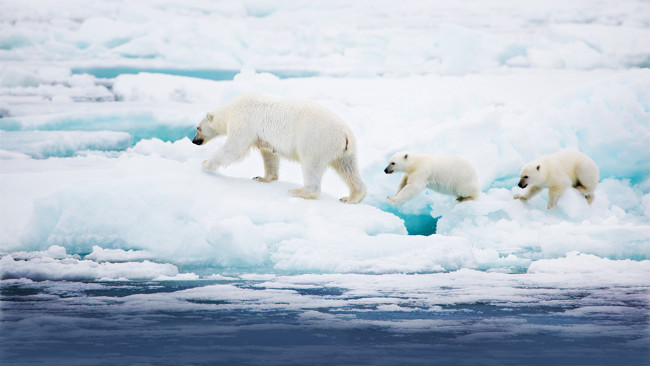Are you looking for a new book or film for the weekend or upcoming holiday? Here we have listed a selection of books and films and TV series that take place in some of our favourite destinations.
The North Water (TV series, mystery)
Patrick Sumner, hoping to escape the horrors of his past, finds himself on an ill-fated journey to the arctic that throws him into the path of brutish harpooner Henry Drax.
Available on for example Apple TV.
Arctic
A man stranded in the Arctic after a plane crash must decide whether to remain in the relative safety of his makeshift camp or to embark on a deadly trek through the unknown.
Available on for example Amazon and Hulu.




Journey to Greenland
When they flee Paris for a remote village in Greenland, two part-time actors become immersed in the archaic Inuit culture and forge unexpected bonds.
Available on for example Netflix.
Polar Bear on Disney+
Narrated by two-time Academy Award® nominee Catherine Keener (“Capote,” “Being John Malkovich”), Disneynature’s “Polar Bear” tells the story of a new mother whose memories of her own youth prepare her to navigate motherhood in the increasingly challenging world that polar bears face today.
Watch on Disney +


Ninety Degrees North – The Quest for the North Pole
by Fergus Flemming
A thrilling artfully told chronicle of the mostly 19th-century adventurers, madmen and explorers who quested after the North Pole.
South: The Endurance Expedition
By Sir Ernest Shackleton
In 1914, a party led by veteran explorer Sir Ernest Shackleton sets out to become the first to traverse the continent of Antarctica. Their initial optimism is short-lived, however, as the ice field slowly thickens, encasing the ship Endurance in a death-grip, crushing their craft, and marooning 28 men on a polar ice floe....
Please note: Depending on the lens used for a photo or video shot an animal may appear to be closer than it is. We always follow strict wildlife guidelines to ensure that we do not cause any disturbance.

